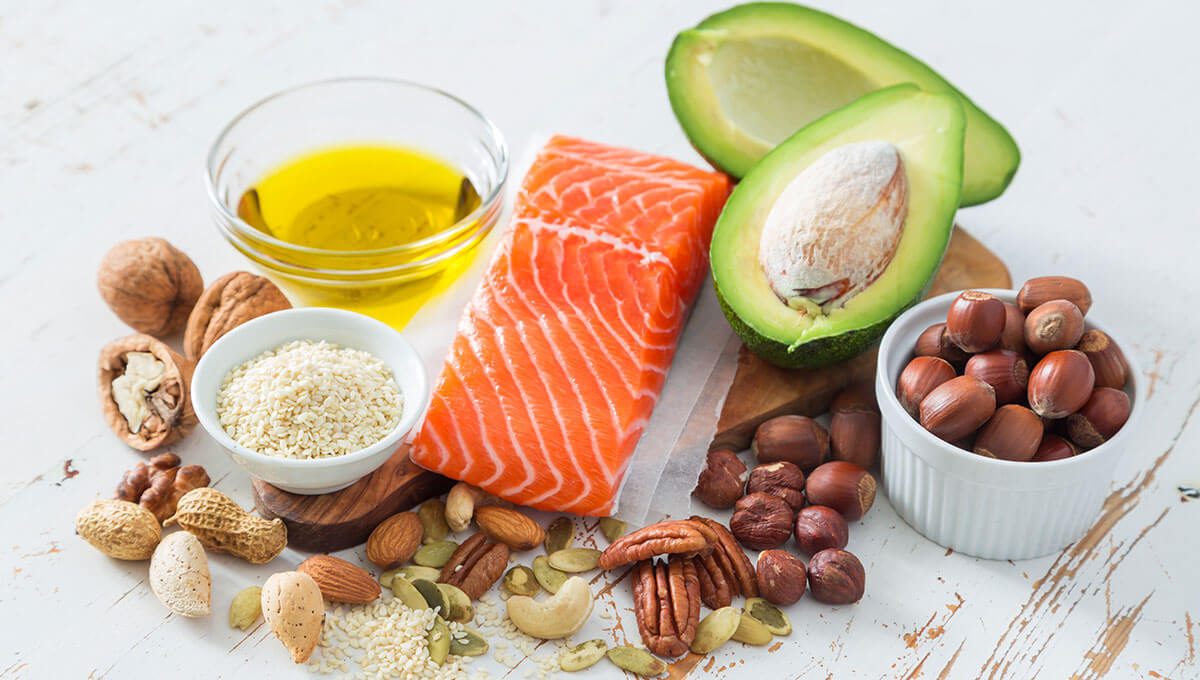
Ways to drink more water

In recent years, the ketogenic diet and the low-carbohydrate diet have gained as many supporters as opponents. Although at first glance they may seem identical, in reality, they are completely different. Find out the differences and decide which diet is the better option!
In the case of a low-carbohydrate diet, we are talking about a specially prepared diet system, which is based on a reduced supply of carbohydrates. In most diets, they make up around 60% of the total macronutrients provided - this is because, among other things, many people treat carbohydrates as the fundamental source of cellular energy. When it comes to a low-carbohydrate diet, the diet plan calls for a carbohydrate intake of 25%. This means that people consuming, for example, 2,000 calories a day should provide their body with no more than 130g of carbohydrates.
This nutritional model is not only used by people working towards a slim body shape. A low-carbohydrate diet is also an ideal option for those suffering from sugar disorders such as fructose intolerance, diabetes or insulin resistance. In addition, a limited carbohydrate intake is a valuable component in the prevention of cardiovascular disease.
Someone could argue that the ketogenic diet is just a form of a low-carbohydrate diet, but that would be quite an exaggeration. Much more often a high-fat diet is mentioned because this is the main principle of this nutritional model. In this case, fats are the dominant macronutrient. However, in the case of carbohydrates, we are talking about just a few percent in the context of the entire diet - assuming a diet of 2000 calories, no more than 50g of carbohydrates should be consumed.
Why? The reason is to achieve a metabolic state called ketosis, which causes an increase in the synthesis of ketone bodies in the blood. With a limited amount of carbohydrates in the diet, the body starts to take energy from and burn the accumulated fat, which causes an increase in the level of these ketone bodies.
However, it should not be forgotten that a high fat intake can prove extremely difficult. Especially in the initial stages of the ketogenic diet. So it's worth enriching your home pantry with products that are a great source of healthy fat and at the same time a perfect addition to your daily meals. So what should you choose?
The main difference is the aforementioned state of ketosis. Although both eating systems are low-carbohydrate in nature, the ketogenic diet is strictly aimed at achieving a specific metabolic effect. Nevertheless, in either case, there is a good chance of getting rid of excessive fat deposits and developing a slim physique.
The information below is required for social login
Sign In
Create New Account